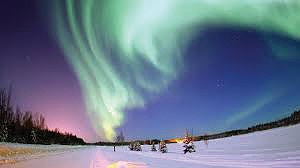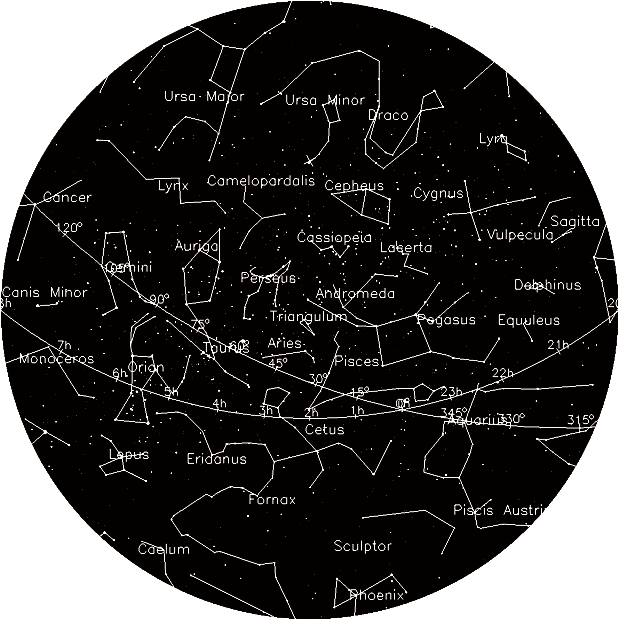Socrates, the ancient greek philosopher, once said, “Man must rise above the Earth, to the top of the atmosphere and beyond, for only thus will he fully understand the world in which he lives.” The exploration and documentation of the heavens has helped man to gain a greater knowledge of our own planet. The creation of telescopes and other observational instruments allows us to peer far beyond what we can see with our own eyes and deep into the void of space. We then combined our observations with physics, math, and theories so that we may have a clearer picture of the formation of our planet. So by studying astronomy we rise above Earth and learn about how it formed by looking at stars, nebulas, galaxies and other objects in the night sky.
 The birth and death of stars provides the fundamental building blocks needed for planets to form. Stars are essentially massive spheres of hydrogen gas powered by nuclear fusion and stars are formed from dense clouds of gases called nebulas. Stars can vary immensely in size and energy output. Our sun, for example, is a medium sized star and there many stars that are much smaller and stars that are thousands of times larger than the sun as well. Once a star has used up its supply of hydrogen they start to die and the size of a star impacts its death immensely. Medium sized stars shed their outer layers of gas and form objects called planetary nebulas. Larger stars erupt into cataclysmic events that release extreme amounts of energy, these events are called supernovas. When stars die the hydrogen within them is fused into much heavier elements such as oxygen, nitrogen, carbon, and iron. These heavy elements are then scattered throughout space by the force of supernovas, and eventually aggregate into clouds of molecules that then can become new stars and planets.
The birth and death of stars provides the fundamental building blocks needed for planets to form. Stars are essentially massive spheres of hydrogen gas powered by nuclear fusion and stars are formed from dense clouds of gases called nebulas. Stars can vary immensely in size and energy output. Our sun, for example, is a medium sized star and there many stars that are much smaller and stars that are thousands of times larger than the sun as well. Once a star has used up its supply of hydrogen they start to die and the size of a star impacts its death immensely. Medium sized stars shed their outer layers of gas and form objects called planetary nebulas. Larger stars erupt into cataclysmic events that release extreme amounts of energy, these events are called supernovas. When stars die the hydrogen within them is fused into much heavier elements such as oxygen, nitrogen, carbon, and iron. These heavy elements are then scattered throughout space by the force of supernovas, and eventually aggregate into clouds of molecules that then can become new stars and planets.
Our solar system formed from one of these molecular clouds. This cloud was mostly hydrogen with a much lower percentage of heavy elements like iron and nickel (image to the left). The vast majority of hydrogen gas coalesced into a sphere and became so dense that the molecules of hydrogen started to fuse together thus igniting nuclear fusion and this sphere of gas became a star which we call The Sun. The remainder of the molecular cloud of gases orbited around the sun and eventually 8 planets were formed from this cloud and these planets continue to orbit the sun today.
Earth was one of these eight planets that formed from the cloud of gases that swirled around the sun. The heavy elements in the cloud, iron and nickel, formed a molten core that pulled in more mass and material to build up into a larger sphere due to the effects of gravity. Over time this hot sphere of molten rock and gases cooled and solidified which became our planet. So from the materials of dead stars a new star and planets were born. By studying the heavens we have learned a little bit more about how our planet came to be.
Dead Horse Point State Park offers Star Parties year round so that you can learn about the heavens and our place in them. Be sure to check our website and facebook page to see the updated schedule for star parties!
Moon Happenings
Dec 3 - First Quarter at 11:58 pm
Dec 11 - Full Moon at 10:12 pm |
| The Moab Dark Skies was established by the Friends of Arches and Canyonlands Parks in conjunction with the National Park Service and Utah State Parks Division of Natural Resources. |
 The birth and death of stars provides the fundamental building blocks needed for planets to form. Stars are essentially massive spheres of hydrogen gas powered by nuclear fusion and stars are formed from dense clouds of gases called nebulas. Stars can vary immensely in size and energy output. Our sun, for example, is a medium sized star and there many stars that are much smaller and stars that are thousands of times larger than the sun as well. Once a star has used up its supply of hydrogen they start to die and the size of a star impacts its death immensely. Medium sized stars shed their outer layers of gas and form objects called planetary nebulas. Larger stars erupt into cataclysmic events that release extreme amounts of energy, these events are called supernovas. When stars die the hydrogen within them is fused into much heavier elements such as oxygen, nitrogen, carbon, and iron. These heavy elements are then scattered throughout space by the force of supernovas, and eventually aggregate into clouds of molecules that then can become new stars and planets.
The birth and death of stars provides the fundamental building blocks needed for planets to form. Stars are essentially massive spheres of hydrogen gas powered by nuclear fusion and stars are formed from dense clouds of gases called nebulas. Stars can vary immensely in size and energy output. Our sun, for example, is a medium sized star and there many stars that are much smaller and stars that are thousands of times larger than the sun as well. Once a star has used up its supply of hydrogen they start to die and the size of a star impacts its death immensely. Medium sized stars shed their outer layers of gas and form objects called planetary nebulas. Larger stars erupt into cataclysmic events that release extreme amounts of energy, these events are called supernovas. When stars die the hydrogen within them is fused into much heavier elements such as oxygen, nitrogen, carbon, and iron. These heavy elements are then scattered throughout space by the force of supernovas, and eventually aggregate into clouds of molecules that then can become new stars and planets.